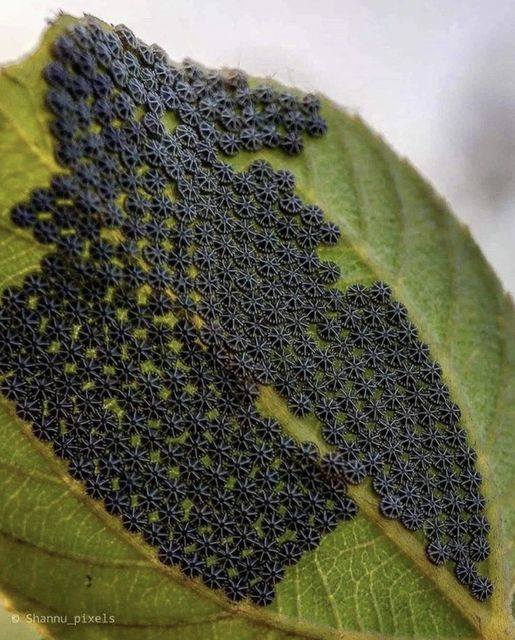ADVERTISEMENT
# Don’t Touch These If You See Them on Your Plants
Gardening is a fulfilling and therapeutic hobby, one that many people cherish for its ability to bring a sense of calm and a connection to nature. However, as rewarding as it is, gardening can also be fraught with challenges, especially when it comes to pests and dangerous plants. While most gardeners know to keep an eye out for insects and diseases that might harm their plants, there are certain plants, creatures, and growths that could pose a serious threat to you as well.
Not all dangers in the garden are as visible or as obvious as pests like aphids or slugs. In fact, some of the most dangerous things that can be found on or near your plants might not even seem threatening at first glance. Some of these things can cause severe skin irritation, respiratory issues, or even long-term damage if not handled carefully. If you’re not careful, you might end up inadvertently harming yourself or your loved ones without realizing it.
In this article, we will take a detailed look at some of the dangerous plants and growths that you should avoid touching under any circumstances. Whether you’re an experienced gardener or just starting out, it’s essential to be aware of these hidden threats, and how to identify them, so you can stay safe while enjoying your gardening endeavors.
## **1. Poison Ivy, Poison Oak, and Poison Sumac**
These three notorious plants are famous for causing skin rashes and intense itching, but many people still find themselves in contact with them unknowingly. The oils of poison ivy, poison oak, and poison sumac contain a compound called urushiol, which is responsible for triggering allergic reactions in many people.
### **Poison Ivy (Toxicodendron radicans)**
Poison ivy is perhaps the most well-known of the three. It’s commonly found growing along the edges of forests, gardens, and fields. The plant can take the form of a shrub or a vine, with leaves consisting of three leaflets that are glossy and often have pointed tips. The famous adage “leaves of three, let it be” is a handy rule of thumb for identifying poison ivy.
– **Symptoms of Exposure:** If you come into contact with poison ivy, the urushiol oil can cause a red, itchy rash that blisters and swells. The rash typically appears within 12-48 hours after exposure.
– **What to Do if Exposed:** Wash the affected area with soap and water as soon as possible to remove the oils. If a rash develops, using calamine lotion or hydrocortisone cream can help alleviate symptoms. Severe reactions may require medical treatment.
### **Poison Oak (Toxicodendron diversilobum)**
Poison oak is similar to poison ivy, but it has leaves that resemble oak leaves, hence the name. Poison oak can be found in both wooded areas and gardens, often as a shrub or low-growing plant. Its leaves can have either smooth or lobed edges and are typically arranged in clusters of three or more.
– **Symptoms of Exposure:** Poison oak can cause similar reactions to poison ivy, including redness, itching, swelling, and blistering. The severity of the rash depends on how sensitive you are to the urushiol oil.
– **What to Do if Exposed:** As with poison ivy, wash the affected area immediately with soap and water. Over-the-counter remedies, such as hydrocortisone cream, can provide relief, but severe cases may need medical attention.
### **Poison Sumac (Toxicodendron vernix)**
Poison sumac is another dangerous plant in the Toxicodendron genus, but it is less commonly encountered than poison ivy and poison oak. It typically grows in wet, swampy areas and can reach heights of 6-10 feet. Poison sumac has leaves that grow in pairs along the stem, with 7-13 leaflets on each branch. The plant also produces white or yellowish berries.
– **Symptoms of Exposure:** Poison sumac contains a potent form of urushiol oil, which can cause a severe rash that may take longer to heal than poison ivy or oak rashes. Symptoms include intense itching, redness, and blistering.
– **What to Do if Exposed:** Immediate washing with soap and water is crucial. If you experience severe symptoms, seek medical attention, as the reaction can sometimes spread to the face or genitals, requiring a doctor’s care.
For Complete Cooking STEPS Please Head On Over To Next Page Or Open button (>) and don’t forget to SHARE with your Facebook friends
ADVERTISEMENT
ADVERTISEMENT
